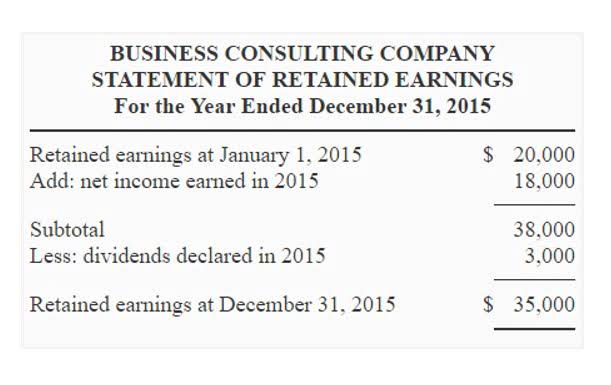
The margin ratio shows how much of the sales revenue is left after deducting certain costs. There are different types of margin ratios, such as gross margin ratio, operating margin ratio, net margin ratio, and contribution margin ratio. Each of these ratios has a different meaning and purpose, and they can be used for different types of analysis and decision making. In this section, we will focus on the difference between contribution margin ratio and gross margin ratio, and which one should you use for your business. Managers monitor a company’s sales volume to track whether it is sufficient to cover, and hopefully exceed, fixed costs for a period, such as a month.
Uses of Contribution Margin

For those organizations that are still labor-intensive, the labor costs tend to be variable costs, since at higher levels of activity there will be a Bakery Accounting demand for more labor usage. However, an ideal contribution margin analysis will cover both fixed and variable cost and help the business calculate the breakeven. A high margin means the profit portion remaining in the business is more.
Salesforce

However, the contribution margin for selling 2000 packets of whole wheat bread would be as follows. Thus, the total manufacturing cost for producing 1000 packets of bread comes out to be as follows. The greater the contribution margin (CM) of each product, the ledger account more profitable the company is going to be, with more cash available to meet other expenses — all else being equal. This metric is typically used to calculate the break even point of a production process and set the pricing of a product. They also use this to forecast the profits of the budgeted production numbers after the prices have been set.

How do you explain ratios to a child?

For example, if you sell a product that has a high variable cost and a low fixed cost, you have a high contribution margin ratio and a low operating leverage. If you sell a product that has a low variable cost and a high fixed cost, you have a low contribution margin ratio and a high operating leverage. We will see how the contribution margin ratio can help us determine the break-even point, which is the level of sales that results in zero profit or loss. We will also see how to calculate the margin of safety, which is the excess of actual sales over the break-even sales.

What is Contribution Margin?
Say, your business manufactures 100 units of umbrellas incurring a total variable cost of $500. Accordingly, the Contribution Margin Per Unit of Umbrella would be as follows. So, you should produce those goods that generate a high contribution margin. As a result, a high contribution margin would help you in covering the fixed costs of your business.
- Such fixed costs are not considered in the contribution margin calculations.
- Variable costs are direct and indirect expenses incurred by a business from producing and selling goods or services.
- Determining your contribution margin per product or product line can ensure each unit is profitable and allow you to determine whether prices make sense in a competitive marketplace.
- The contribution margin ratio and the operating leverage are inversely related.
- They can also help to identify the sources of inefficiency or improvement in the business operations.
- Just as each product or service has its own contribution margin on a per unit basis, each has a unique contribution margin ratio.
- It represents the incremental money generated for each product/unit sold after deducting the variable portion of the firm’s costs.
- The following are the steps to calculate the contribution margin for your business.
- Typically, most companies should aim for a high contribution margin ratio because it means they’re making more than they spend.
- You can also use the contribution margin ratio to compare your sales volume and market share with your competitors and identify your strengths and weaknesses in the market.
- This means that a small increase in price can result in a large increase in profits, but also that a small decrease in price can result in a large decrease in profits.
- Therefore, you need to balance these factors according to your business goals and risk appetite.
The contribution margin ratio measures how efficiently you generate sales revenue from your variable costs. The higher the contribution margin ratio, the more profit you make from each unit of sales. The contribution margin ratio and the operating leverage affect your break-even point. The break-even point is the level of sales that covers all your costs and generates zero cm ratio profit or loss.
